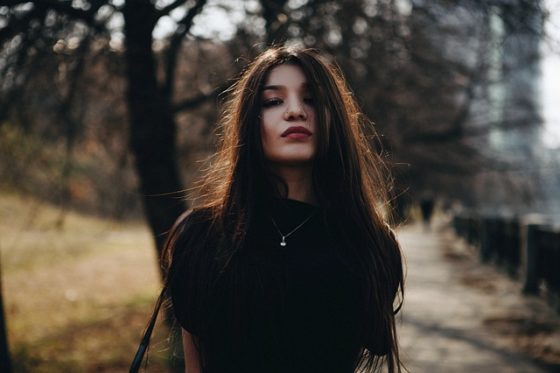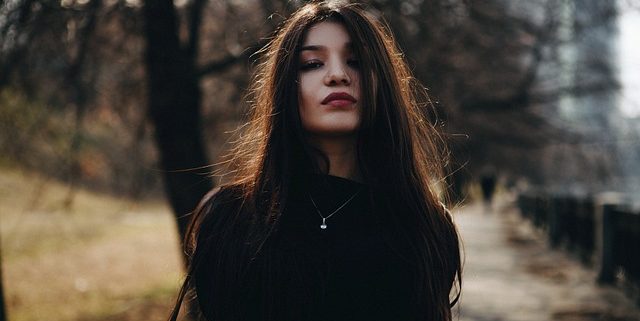Postpartum Hair Loss: What’s Normal?

What causes postpartum hair loss and what can you do about it? In this post, we’ll identify the causes of postpartum hair loss and offer tips for how you can start to feel beautiful in your post-pregnancy body.
Contents
What is postpartum hair loss?
While not all women will experience postpartum hair loss or alopecia, between 40% and 50% of new moms will. The severity of hair loss varies in each woman, with some merely noticing a few extra strands on their hairbrush and others reporting hair loss in clumps.
How much hair loss is normal after pregnancy? Before you’re pregnant, you typically lose up to 125 strands per day. During pregnancy, this number often decreases to less than 100 strands lost daily. Then, after pregnancy, there can be a pronounced spike in hair loss with some women shedding up to 500 strands per day.
While such hair loss is upsetting, it is not abnormal in any way or cause for medical concern. But that may be little comfort when you’re enduring postpartum hair loss, and you’re probably wondering: why does it happen in the first place?
What causes postpartum hair loss?
During pregnancy, your breasts become fuller and your emotional sensitivity is higher. These physical and emotional changes are related to the hormone fluctuations that pregnancy brings, specifically a dramatic increase in estrogen. According to Dr. Christine Carlan Greves, an obstetrician at Winnie Palmer Hospital in Orlando:
“The estrogen helps protect us from losing our hair. Then, when she has the baby, there’s a sudden change in the hormone levels, including a drop in the estrogen. And this shift can cause a response in the body that may affect the hair cycle.”
The key word there is “cycle” because your hair will most likely stop thinning within 6 months to a year even though it may feel like you’re going bald. Nine months of elevated estrogen levels caused your hair to appear fuller. Now, for a short while after giving birth, those dropping estrogen levels may be causing the opposite.
But postpartum issues like hair loss and baby blues represent a season and a cycle, not a permanent change.
Breastfeeding and Postpartum Hair Loss
While there’s constant debate over whether to nourish your baby at the breast or with a bottle, new mothers need to do what works best for their individual circumstances. Those who do choose to breastfeed may wonder if there is a connection between breastfeeding and postpartum hair loss. Breastfeeding does create an increase in prolactin, the hormone responsible for producing breast milk and one that has been linked in very high amounts to androgenic hair loss. But do the normal prolactin levels of breastfeeding mothers really correspond to increased hair loss?
Most research, including this study conducted by Drs. Oriol Mirallas and Ramon Grimalt of the International University of Catalunya in Spain, strongly contradict this notion. So, the prospect of hair loss should not be a factor in your decision to breastfeed or bottle feed.
It may also be helpful to remember that postpartum hair loss is usually temporary. Your body and emotions don’t bounce back immediately after giving birth because your hormones need to level out. Plus, there are ways to combat postpartum hair loss and start to feel a little more like your pre-pregnancy self.
See also: Bonding with Baby: 3 Tips Beyond Breastfeeding
Feeling Beautiful After Pregnancy
Your time is not your own anymore, and it may seem all but impossible just to take a shower some days! But there are a few simple ways you can feel beautiful again even while experiencing postpartum hair loss.
- Leave baby with a trusted friend or family member and head over to the hair salon. A fresh cut with strategic layers can both make you feel good about yourself and make any hair loss less obvious.
- If going to the beauty salon is out of the question, experiment at home with different colors that can add texture to your hair, or simply clip on a pretty rhinestone barrette to update your look with no hassle.
- Experiment with aromatherapy in your environment — and your hair! Delicious shampoos in fragrances like coconut and passionfruit can make you feel pampered.
- Get active again, even if it’s just 10 minutes of stretching while baby is napping. Then, take a well-deserved nap yourself!
Most importantly, keep in mind that like the changes your body went through during pregnancy, many postpartum changes are also temporary. By your sweet baby’s first birthday party, your hair growth cycle may already be back to normal!








Leave a Reply
Want to join the discussion?Feel free to contribute!